How the Largest Church in America Responded to the Pandemic
In the first installment of our North Point Church blog series, we explore how the largest church ministry in North America responded to the initial restrictions of in-person gatherings at the onset of the COVID-19 pandemic. In our exclusive interview with lead pastor Clay Scroggins, he documents the decision making process and lesson learned during those chaotic first few weeks.
On March 12, 2020, the leadership team of North Point Ministries – the largest church in North America – met to discuss their response to the rapidly escalating COVID-19 pandemic. Clusters of COVID-19 cases were beginning to spread across the country, and there were rumblings that some states were about to restrict the size of in-person gatherings.
“We had a bunch of meetings that Thursday,” said Clay Scroggins, Lead Pastor at Buckhead Church of North Point Ministries, in our exclusive video interview. “We could sense, ‘Wow, this thing is real,’ and we need to do something about this. So, we made a decision that week to move everything online for the next three weeks.”
The expectation was that the worst would pass and everything would be back to normal by the end of month. Of course, things didn’t go as planned.
Guide to
Church
Engagement
Learn how to boost church engagement physically and digitally.

Making the Pivot
Based in Georgia, the seven churches that make up North Point Ministries represent the largest congregation in the United States. The flagship church is led by Senior Pastor Andy Stanley. Across the seven campuses, North Point Ministries sees more than 23,000 adults and 14,000 children participating in worship and small groups every Sunday.
The logistics of pivoting a ministry of that size to online-only services was a monumental task that required the tireless efforts of dozens of church staff and volunteers. However, Scroggins wanted to make one thing abundantly clear to his team.
“My initial feeling was that I didn’t want to use the word ‘closed’ at all,” Clay said. “I told our team, ‘Hey, I don’t want anyone to say shut down, closed, or cancelled. All we’re doing is moving as much as we can online.’”
As the decision to shift church online for the next few weeks made its way down the pipeline, it became obvious to Clay and his team that if they wanted to pull this off successfully, they needed to maintain clear and open communication between the leadership team, church staff, volunteers, and the thousands of congregants who called North Point Church home.
Keeping the Channels Open
The leadership team at North Point Ministries quickly realized they couldn’t rely on the familiar cadence of church gatherings and meetings. As the church experience shifted online, they knew they had to increase the amount of opportunities for staff and congregation members to interact with the church.
“The first thing we did was ramp up all our communication – internally and externally,” Clay said.
In addition to establishing a weekly meeting for all staff members of North Point Ministries, they also launched a daily podcast for their congregation. Some of these podcast episodes featured interviews with local business owners and hospital administrators. They also started producing a weekly e-newsletter to be sent to everyone subscribed to their church’s email list. And on Facebook, the church hosted a daily prayer gathering for six weeks.
North Point also created several topical online events to address relevant questions they were getting from their community – like “How to Parent During a Pandemic” and “How to Homeschool Your Kids” – to expand their scope beyond their weekly attendees.
“The rate of your meetings, the rate of your communication, I believe it’s just got to be one tick more than the rate of change in the world,” Clay said.
What Every Church Can Do
It’s easy to look at the scope of North Point Ministries and view their response as something a church with a tighter budget, smaller staff, or fewer resources would never be able to attain. But Clay believes some of the lessons learned from their ordeal can be easily transferred to other churches and leadership teams – regardless of size or budget.
“About a month into it, we started going into that phase of evaluating [and asking] ‘What are we doing that’s helping people?’ And, ‘What are we doing that’s just taking up a lot of work?’,” Clay said. “I would say the thing that it forced us to do more than anything is say, ‘What do people need right now?’”
The answer to that question, Clay and his team discovered, was personal connection.
“People just don’t need more content right now,” Clay said. “What people do need right now is personal connection – with each other, people in our church, but they also need personal connection with you as the pastor. They need to feel like you are leading them right now.”
As a result of this epiphany, North Point Ministries began leveraging technology to specifically increase the amount of person-to-person interactions each church member had with church leadership, volunteers, and other church members.
“People need people,” Clay said. “God grows people,God reaches people through people. So whatever technology can help us do that, we’re leaning into that more than ever right now.”
In the next episode of this blog series, learn how and why North Point Ministries ultimately made the consequential decision (and national headlines) to move all of their in-person gathering online until 2021. To hear more about the North Point’s initial pandemic response, watch our exclusive video interview with Clay Scroggins.
Community Size
Results
“People just don’t need more content right now. What people do need right now is personal connection – with each other, people in our church, but they also need personal connection with you as the pastor. They need to feel like you are leading them right now.”

